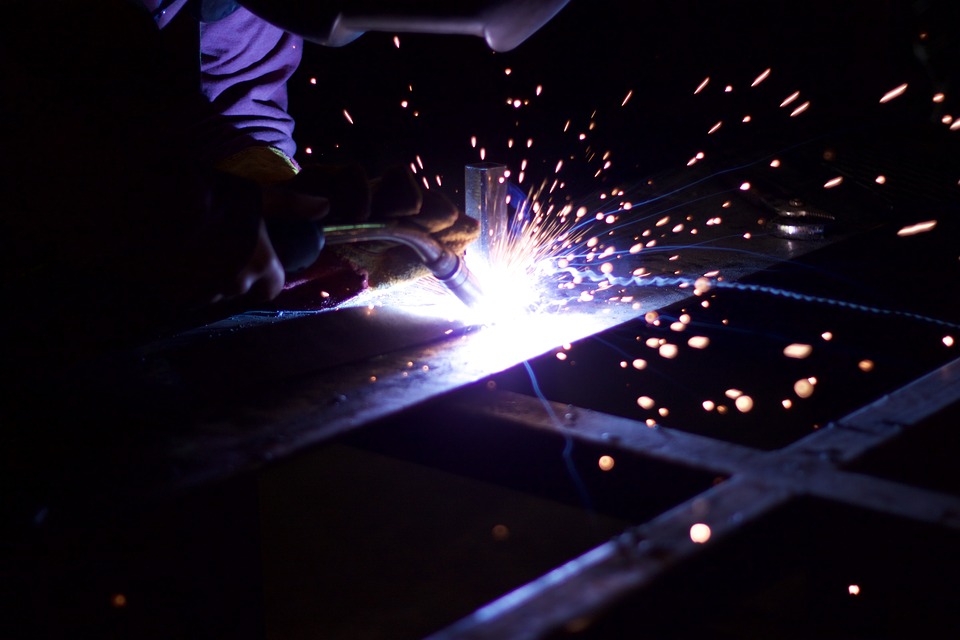Welding is a complex fabrication process that encompasses a broad range of individual techniques. Each of these distinct processes exploits the electrical, thermal, and metallurgical properties of materials to encourage bonding at a joint – and these properties vary dramatically from alloy to alloy. As a result, some metals are more weldable than others. In this blog post, Masteel explores weldable steels in more depth.
Welding Challenges and Weldable Steel Types
The form and thickness of workpieces generally dictates the method of welding that is most suitable for a given application. Gas metal arc welding (GMAW) is preferred over gas tungsten arc welding (GTAW) for joining thicker metals in shorter periods, for example. Yet the solution is not always that simple. GMAW, also known as metal inert gas (MIG) welding, can join a variety of metal types provided the welder meets specific requirements for electrode wires and shielding gases.
Fusing even the most weldable steels can be difficult if the MIG welder supplies an excessive current through the electrode, or if the shielding gas flow is inefficient. If the alloy has a poor coefficient of thermal expansion, it may deform as the weld is cooling, potentially contributing to premature failure. Even unavoidable defects in the crystal microstructure of weldable steels can propagate to form cracks when the workpieces are being joined.
There are countless opportunities for failure in MIG welding, and this is merely one example of myriad different welding methods. One of the best methods for limiting the risk of poor welding is to select a suitable metal alloy that is easy to weld and that does not require significant post-welding treatment.
Low Carbon Weldable Steels
One of the primary factors affecting metal weldability is the chemistry of the alloy, particularly its carbon content. Even tiny variations in the concentration of carbon in a steel’s atomic structure can have significant implications for the material’s thermomechanical properties. A higher carbon content is typically associated with increased hardness and strength, alongside exceptional performance in high-temperature conditions. This often comes at the expense of material weldability due to the inherent brittleness that accompanies such elevated hardness values. Low carbon grades are subsequently among the most weldable steels available for commercial and industrial applications.
High strength low alloy (HSLA) steel is a unique family of alloys engineered to meet stringent mechanical properties for engineering applications. The carbon content is kept to a minimum (>0.025%), ensuring good formability. Yet additional alloying elements like copper and titanium ensure these weldable steels retain outstanding yield strengths exceeding 275 MPa.
Weldable Stainless Steel
Numerous stainless steel types exist within the five primary subfamilies, and alloys within each of these groups can be welded. However, the chemical dissimilarity of stainless steels means that weldability varies from grade to grade.
As a rule of thumb, martensitic steels are the least weldable stainless subfamily given their comparative brittleness. Austenitic and ferritic stainless steels have a tendency towards improved weldability and reduced intergranular corrosion. Weldable stainless steels benefit from high formability which enables them to be both rolled and welded to construct high-strength, corrosion-resistant cylindrical parts.
Weldable Steels from Masteel
Masteel is one of the leading suppliers of weldable steels in the UK. We offer both low carbon and HLSA weldable steels alongside a catalogue of stainless steel grades. If you would like to learn more about our weldable steels, please contact us directly.

